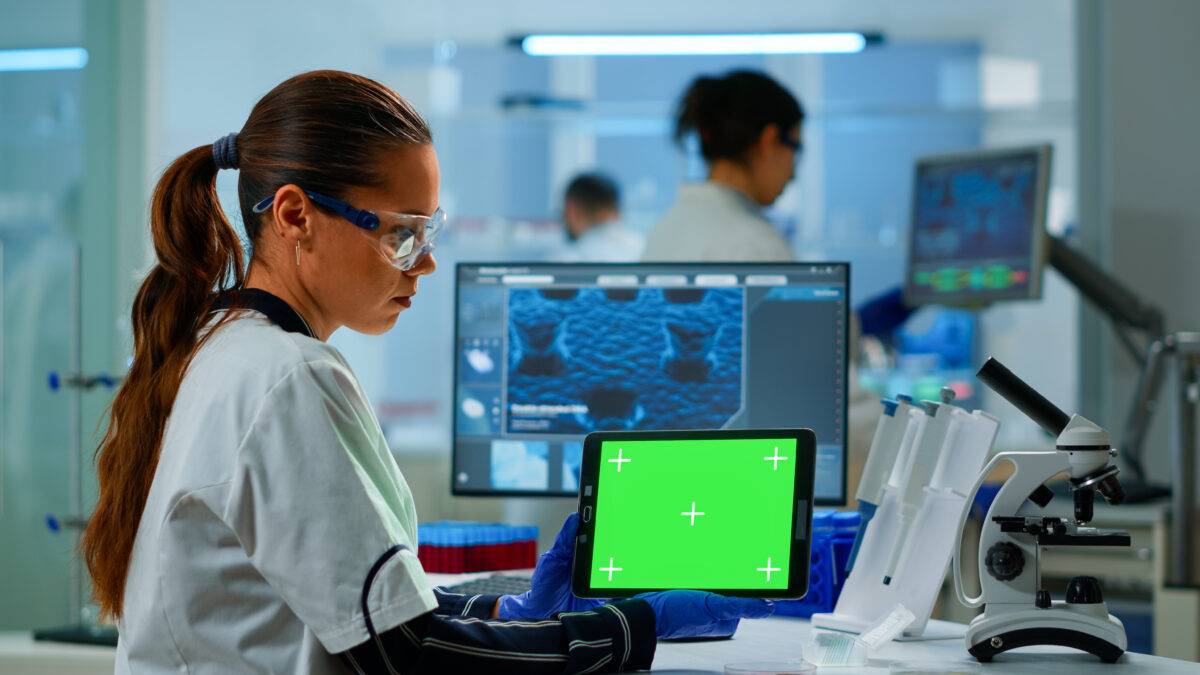
medical coding automation in pharmacovigilance
- Pharmacovigilance organizations are increasingly using automation technologies to optimize and expedite the medical coding process.
- Using machine learning (ML) and artificial intelligence (AI) algorithms to automate the process and increase accuracy, speed, and efficiency is known as pharmacovigilance medical coding automation.
- Reviewing and categorizing medical records and other clinical data by hand can be a laborious and time-consuming process that calls for highly skilled professionals.
- Using several coding systems, which aren’t always compatible, can make this process even more difficult.
- A crucial component of pharmacovigilance is medical coding, which entails the methodical categorization and indexing of adverse drug reactions (ADRs) and other medical events.
- In pharmacovigilance, medical coding is crucial because it makes it possible to accurately and consistently record and analyze adverse events, which is necessary to spot trends, patterns, and possible safety hazards related to medication use.
- Pharmacovigilance companies are using automation technologies more and more to optimize and expedite the medical coding process.
- Pharmacovigilance medical coding automation is the process of automating the medical coding process to increase accuracy, speed, and efficiency using machine learning (ML) and artificial intelligence (AI) algorithms.
The automation of pharmacovigilance medical coding has various advantages.
Pharmacovigilance professionals can concentrate on more intricate and important tasks by using it to drastically cut down on the time and resources needed to manually code medical data.
Automation can decrease the possibility of mistakes and inconsistencies in ADR reporting by increasing the accuracy and uniformity of medical coding.
Medical coding automation challenges and limitations
- Pharmacovigilance experts can make better decisions regarding drug development and regulation and acquire fresh perspectives on drug safety.
- Pharmacovigilance medical coding automation has certain drawbacks and restrictions as well.
- A major challenge is calibrating automated systems correctly to reflect human coding standards. Reporting and coding errors are possible with machine learning algorithms.
- Pharmacovigilance organizations must endeavor to introduce stringent quality control procedures and guarantee that automated systems are routinely observed and assessed for precision and functionality to overcome these obstacles.
- A hybrid system that makes use of both human review and machine learning algorithms could be employed to achieve this goal.
- The increasing amount of pharmacovigilance data has made medical coding automation a desirable alternative.
Guidelines for Pharmacovigilance code automation.
Data quality: For medical coding automation to be successful, data quality is essential. Pharmacovigilance must adhere to stringent regulatory requirements, including quality management systems and reporting requirements.
Data complexity: In pharmacovigilance, where data may include numerous variables and interconnected factors, medical coding can be a challenging procedure. Pharmacovigilance encompasses several procedures, including data analysis, reporting, and case management. For the automated coding system to facilitate effective data management and analysis, it must be compatible with current workflows and systems.
Automated Medical Coding: Medical coding can be made more accurate and efficient through automation, but in order to maintain quality control and offer suggestions for improvement, experts must be involved in the process.
Testing and validation: To make sure the automated coding system is accurate and dependable, it should be tested and validated.
Automated coding maintenance: To guarantee the continuous accuracy and dependability of the automated coding system, it should receive routine maintenance.
Conclusion
Pharmacovigilance agencies can increase the precision and consistency of ADR reporting, expedite the medical coding process, and obtain fresh insights into the risks and trends associated with medication safety by utilizing AI and machine learning.
Automating pharmacovigilance medical coding could revolutionize how pharmacovigilance practitioners monitor and evaluate drug safety. In pharmacovigilance, automating medical coding can have a big impact on accuracy and efficiency. Nonetheless, it is crucial to consider the data’s quality, language, regulatory compliance, complexity, integration with current systems, experience, validation and testing, and upkeep. Pharmacovigilance can enhance patient safety and manage adverse drug events more effectively and efficiently by automating medical coding.
- Explore Further: Learn how our Pharmacovigilance programs empower healthcare professionals with the latest knowledge in medical coding automation and drug safety.
- Stay Updated: Visit our blog section for more insights into healthcare innovations, AI applications, and pharmacovigilance trends.
- Enhance Your Career: Enroll in Sollers College programs to gain hands-on expertise in cutting-edge pharmacovigilance techniques and technologies.



